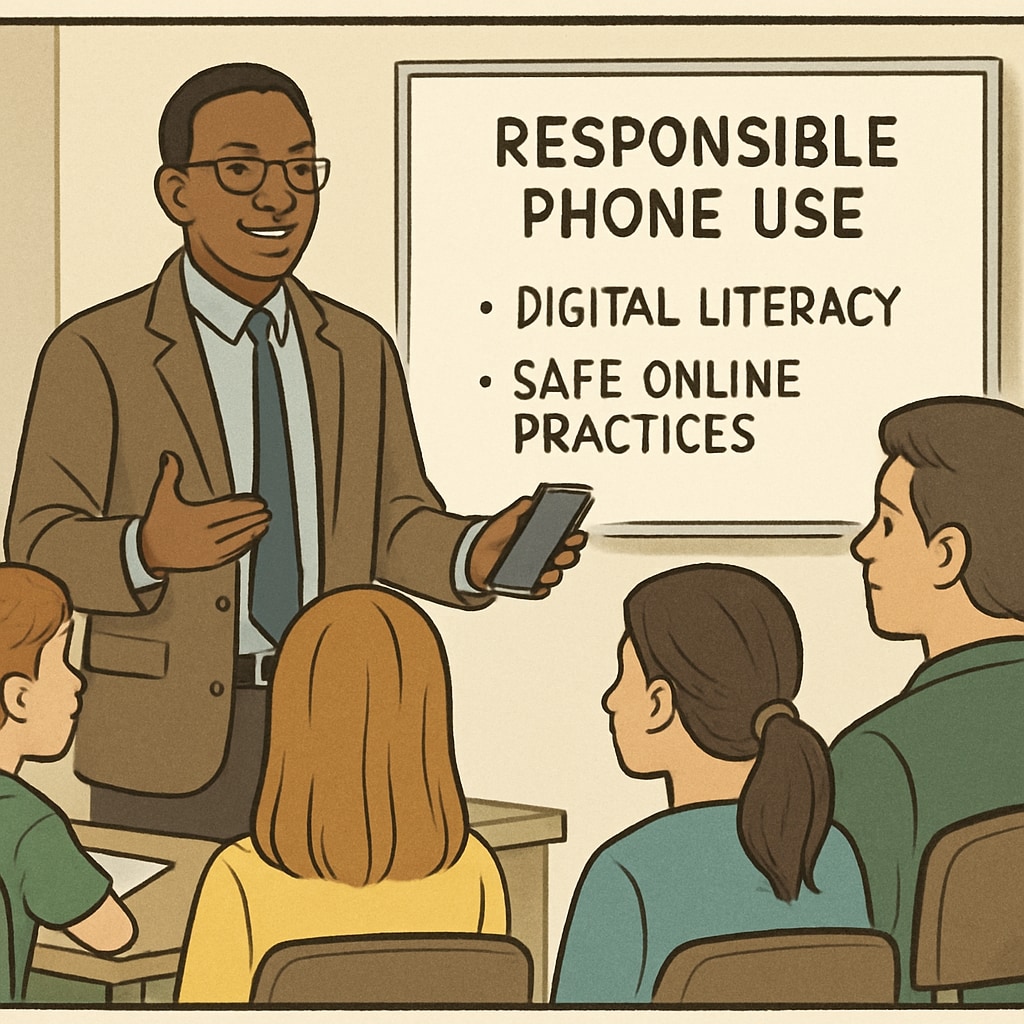The growing trend of mobile phone bans in K12 schools has sparked debate over its impact on school safety, learning distractions, and resource allocation. While the intention behind these policies is to create a focused learning environment, their implementation raises questions about practicality and the potential for alternative solutions. This article delves into the advantages and disadvantages of phone bans and suggests balanced approaches for addressing these challenges.
The Educational Rationale Behind Mobile Phone Bans
Proponents of mobile phone bans argue they reduce learning distractions and foster a more disciplined academic environment. Studies have shown that unrestricted phone use in classrooms can negatively impact student focus, with notifications and social media being major culprits. Furthermore, the absence of phones can encourage face-to-face communication and improve classroom dynamics.
In addition to learning benefits, safety concerns also play a role. For example, reducing cyberbullying and limiting access to inappropriate content are often cited as key reasons for such policies. Schools believe that strict measures can mitigate these risks and help maintain a secure environment.

Challenges Posed by Blanket Mobile Phone Bans
Despite their advantages, mobile phone bans face several hurdles. One major issue is enforcement. Ensuring compliance across a large student body can strain school resources, requiring additional staff or monitoring systems. This raises questions about resource allocation and whether funds could be better spent on other educational needs.
Another challenge is the role of mobile phones in emergencies. Phones serve as a lifeline for students and parents during crises. Critics of bans argue that removing this safety net could lead to unnecessary panic or delays in communication. Additionally, smartphones are increasingly integrated into education, offering tools for research, collaboration, and digital literacy development.
Balancing Mobile Phone Management with Practical Solutions
Instead of outright bans, schools can explore balanced approaches that address concerns while leveraging the benefits of technology. Here are some solutions:
- Designated Phone Zones: Schools can establish phone-free classrooms but allow usage in designated areas like cafeterias or hallways during breaks.
- Digital Literacy Programs: Teach students responsible phone usage, including managing screen time and understanding the risks of cyberbullying.
- Parental Partnerships: Collaborate with parents to set boundaries for phone use both at school and at home.
- Technology Integration: Incorporate controlled use of phones in lessons to enhance engagement and teach essential digital skills.
By implementing these strategies, schools can promote a positive learning environment without completely eliminating mobile phones.

The Path Forward: Striking the Right Balance
Ultimately, the debate over mobile phone bans in K12 schools underscores the need for nuanced solutions. While the risks of unrestricted phone use are clear, a one-size-fits-all ban may not be the most effective approach. Schools, parents, and policymakers must work together to create guidelines that balance safety, minimize distractions, and prepare students for a digitally connected world.
As educational environments continue to evolve, the focus should remain on fostering responsible technology use rather than simply restricting it. By doing so, schools can empower students to thrive academically and socially in the digital age.
Readability guidance: The article uses concise paragraphs and includes lists to summarize key points. Transition words such as “however,” “in addition,” and “as a result” are used throughout to ensure smooth flow. Passive voice and long sentences are minimized for clarity.


